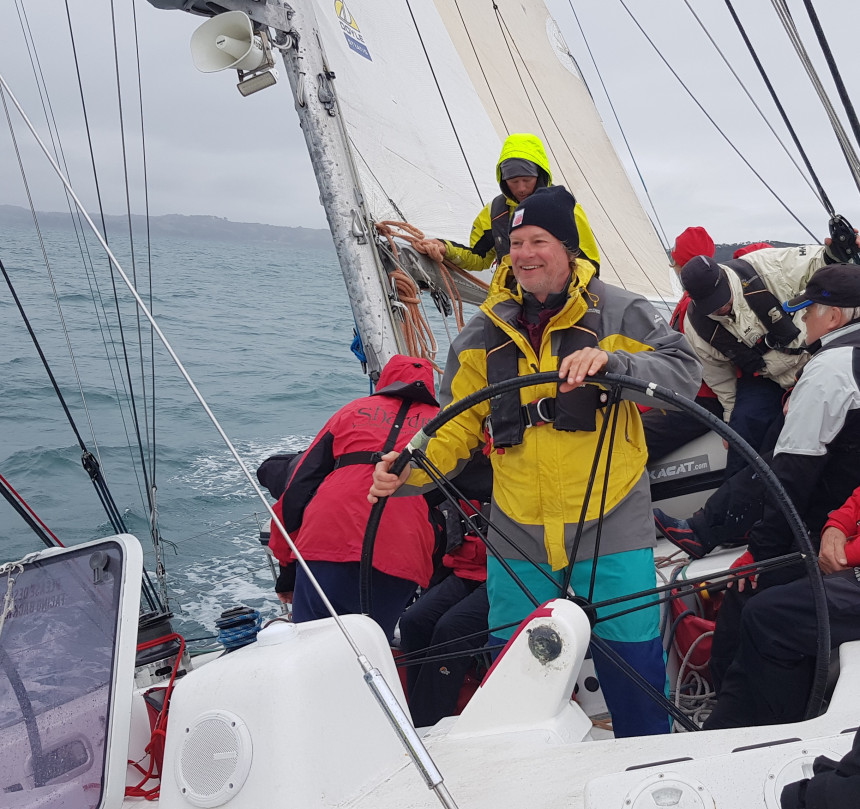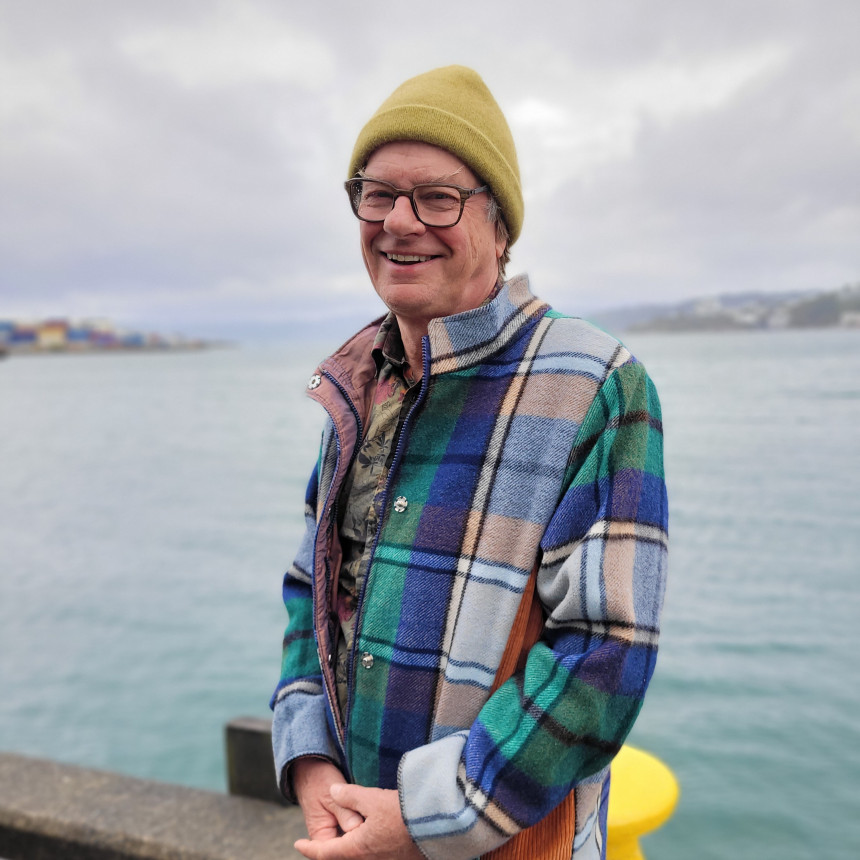
[I see my role as] a science leader for the sector and to make people aware of the importance of water science and how it changes things and how it’s such a critical part of protecting people’s health.
When asked what drew him to water science, Jim Graham talks about his love for water sports and of two early seminal moments.
“Water has been a huge part of my life. I swim a lot. I sail a lot. A lot of my recreational activities are around water,” he says.
“When I reflect back, I have a really vivid memory of doing a school project about pollution in a local river when I was maybe 10 years old.
“But one thing that changed my understanding of water’s importance was when I went travelling in India and I became very ill from drinking contaminated water, so ill that I had to return to New Zealand to recover. I had to be hospitalised. At the time, I was a primary school teacher which I loved but I didn’t want to be a senior teacher or principal which was the only real career path available. I’ve made a conscious decision throughout my career not to go down a management path but to stay on a technical or practical path.”
Study sharpens focus on importance of water science
Jim studied for a Diploma in Environmental Health Science at Wellington Polytechnic (now part of Massey University), where he was drawn to water science especially microbiology. For a number of years, he worked as a Health Protection Officer for the Ministry of Health based first in Auckland, then in Wellington. At the time, the ministry was the drinking water regulator. Later he completed a BSc and then a MSc in Environmental Science.
In Wellington he encountered Dr Michael Taylor who's been referred to as the father of drinking water in New Zealand, an important mentor.
Jim was responsible for setting up the ministry’s $150 million Drinking Water Assistance Programme, a subsidy programme for small supplies which had a 10-year lifespan. He was also involved in updating the Drinking Water Standards in 2000, 2005 and 2008 and involved in the Health (Drinking Water) Amendment Act, which made compliance with Drinking Water Standards mandatory, and helped to introduce a risk management approach to the water sector through water safety plans.
Between 2008 and 2018, he worked for Opus, an engineering consultancy, where he wrote water safety plans, helped suppliers to manage risk and compliance with the Standards and to apply for funds from the Drinking Water Assistance Programme.
Havelock North outbreak a turning point
In 2016, contaminated drinking water in Havelock North caused an outbreak of campylobacteriosis affecting an estimated 8,500 people. Some 45 people needed to be hospitalised and four people died. This was a turning point for the industry, and for Jim.
Jim wrote a submission to the official inquiry outlining his views of the problems at play and offering solutions. He was invited to be an expert adviser to the inquiry and sat through the proceedings. The inquiry report echoed much of Jim’s recommendations for change.
For the next two years, Water New Zealand employed Jim to ensure the inquiry’s recommendations were implemented and to keep talking to people in the sector about the need for change.
When the Department of Internal Affairs set up the unit to establish what became Taumata Arowai, Jim was the third person employed.
“I was there [in the establishment unit] as principal technical advisor and I transitioned into Taumata Arowai proper in 2021. In 2023, I was appointed Chief Advisor Water Science and started to focus on the science in particular.”
Reflecting on a few wins
Jim feels privileged to have had many highlights in his career.
In his early years in public health, he worked with Auckland City Council to prevent sewage overflows into the Viaduct Basin from the stormwater system after heavy rain and to prevent wastewater discharges into the Orakei Basin – “those were real wins”.
Working on the 2008 Drinking Water Standards was a highlight as was working on the Health (Drinking Water) Amendment Act.
“Setting up and running the Drinking Water Assistance Fund was a massive highlight – it’s not often you get the opportunity to start from scratch with a large sum and figure out how you're going to distribute it.
“The Havelock North Inquiry was big. Setting up Taumata Arowai was huge too and being a part of it has been so important. I’m hugely invested in the success of this organisation. It’s so much more than a job for me.”
He sees his role as ensuring that good science informs and supports the decisions that the Authority makes.
“It's to ensure that we – and the wider water sector – take account of drinking water science in the work that everybody does.
“In other words, it's to be a science leader for the sector and to make people aware of the importance of water science and how it changes things and how it’s such a critical part of protecting people’s health.”
